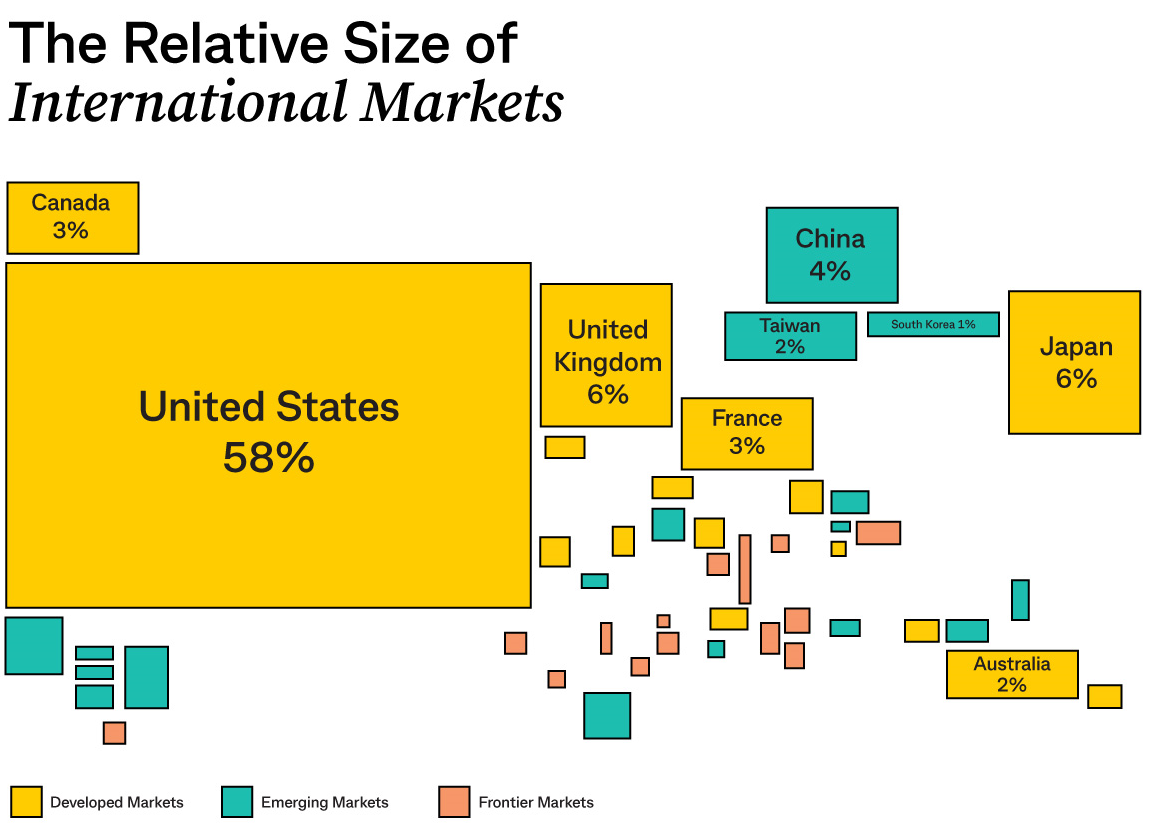
Case study: Indexing
Jill loves technology and investing, but the biggest names are listed overseas, usually on the U.S.’s NASDAQ. She’d love to buy some shares in her favourite companies, but she doesn’t know if she can handle the high risk that comes with investing in technology. She really doesn’t want to miss out though.
An ETF that invests specifically in shares on the NASDAQ could be a great solution. The Invesco QQQ ETF trades on the U.S. markets and invests in the NASDAQ 100 index which includes a number of her favourite tech companies, like Tesla, Apple and Microsoft.
Broad-based ETFs tracking an index are highly diversified, so she doesn’t have to worry about each individual share. If companies listed on the NASDAQ perform, so too will her ETF investment. Not everyone has the time and money to research and buy a whole range of international shares. Using passive investing strategies, such as ETFs, is a great way to cost effectively add international exposure to your portfolio. Learn more about ETFs and how they work.




